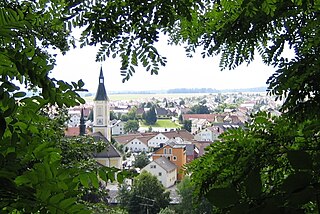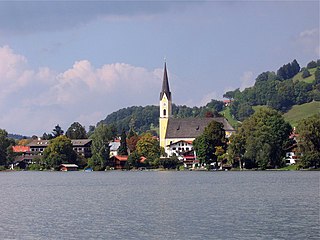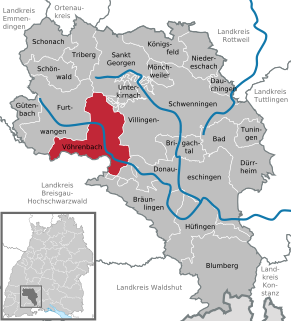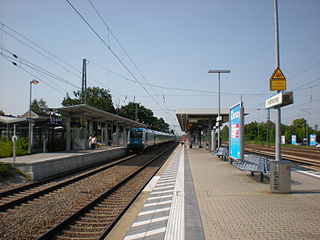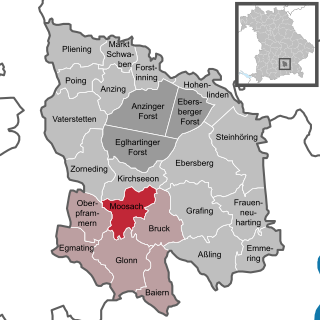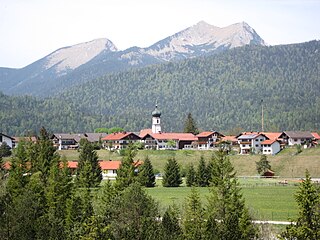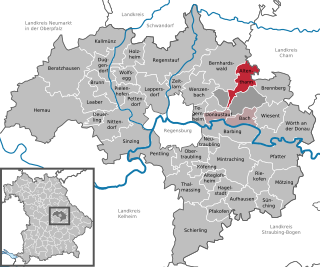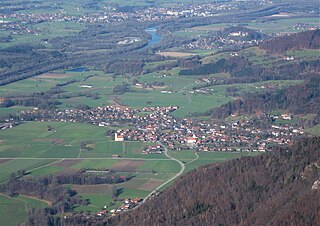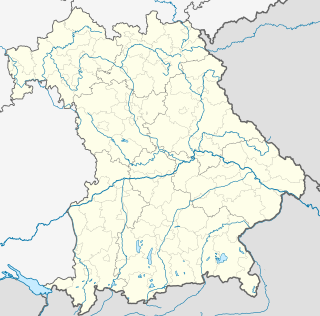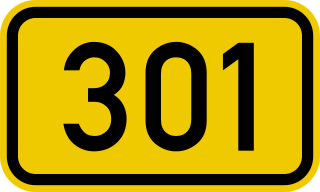Langenbach | |
|---|---|
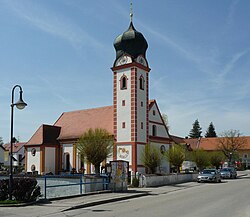 Church of Saint Nicholas of Myra | |
| Coordinates: 48°26′N11°51′E / 48.433°N 11.850°E Coordinates: 48°26′N11°51′E / 48.433°N 11.850°E | |
| Country | Germany |
| State | Bavaria |
| Admin. region | Oberbayern |
| District | Freising |
| Government | |
| • Mayor | Susanne Hoyer (FW) |
| Area | |
| • Total | 26.89 km2 (10.38 sq mi) |
| Elevation | 429 m (1,407 ft) |
| Population (2017-12-31) [2] | |
| • Total | 4,027 |
| • Density | 150/km2 (390/sq mi) |
| Time zone | CET/CEST (UTC+1/+2) |
| Postal codes | 85416 |
| Dialling codes | 08761 |
| Vehicle registration | FS |
| Website | www.gemeinde-langenbach.de |
Langenbach is a municipality in the district of Freising in Bavaria in Germany.

Municipalities are the lowest level of official territorial division in Germany. This is most commonly the third level of territorial division, ranking after the Land (state) and Kreis (district). The Gemeinde which is one level lower in those states also includes Regierungsbezirke as an intermediate territorial division. The Gemeinde is one level higher if it is not part of a Samtgemeinde. Only 10 municipalities in Germany have fifth level administrative subdivisions and all of them are in Bavaria. The highest degree of autonomy may be found in the Gemeinden which are not part of a Kreis. These Gemeinden are referred to as Kreisfreie Städte or Stadtkreise, sometimes translated as having "city status". This can be the case even for small municipalities. However, many smaller municipalities have lost this city status in various administrative reforms in the last 40 years when they were incorporated into a Kreis. In some states they retained a higher measure of autonomy than the other municipalities of the Kreis. Municipalities titled Stadt are urban municipalities while those titled Gemeinde are classified as rural municipalities.

Freising is a Landkreis (district) in Bavaria, Germany. Following a recent ranking of the German magazine Focus-Money comparing all German districts it is number one concerning economic growth abilities. It is bounded by the districts of Kelheim, Landshut, Erding, Munich, Dachau and Pfaffenhofen. The district is located north of the Munich metropolitan area. The Isar and Amper rivers run in parallel from southwest to northeast. North of the rivers there is the Hallertau, a hilly region mainly used for hop growing.

Bavaria, officially the Free State of Bavaria, is a landlocked federal state of Germany, occupying its southeastern corner. With an area of 70,550.19 square kilometres, Bavaria is the largest German state by land area comprising roughly a fifth of the total land area of Germany. With 13 million inhabitants, it is Germany's second-most-populous state after North Rhine-Westphalia. Bavaria's main cities are Munich and Nuremberg.
Contents
- History
- Local attractions
- Commerce and Infrastructure
- Transport
- Companies with offices in Langenbach
- Education
- References
- External links
The town has its own railway station on the Munich-Regensburg line, and lies on Landesstraße (state road) 2350 between Freising and Moosburg. Its boroughs are Amperhof, Asenkofen, Großenviecht, Kleinviecht, Niederhummel, Oberbach, Oberhummel, Oftlfing, Rast, Schmidhausen und Windham.
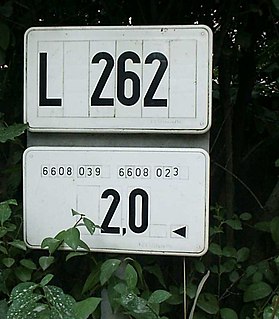
Landesstraßen are roads in Germany and Austria that are, as a rule, the responsibility of the respective German or Austrian federal state. The term may therefore be translated as "state road". They are roads that cross the boundary of a rural or urban district. A Landesstraße is thus less important than a Bundesstraße or federal road, but more significant than a Kreisstraße or district road. The classification of a road as a Landesstraße is a legal matter (Widmung). In the free states of Bavaria and Saxony – but not, however, in the Free State of Thuringia – Landesstraßen are known as Staatsstraßen.

Moosburg an der Isar is a town in the Landkreis Freising of Bavaria, Germany.








